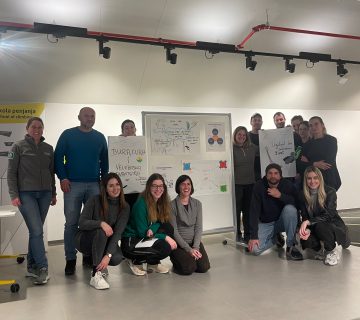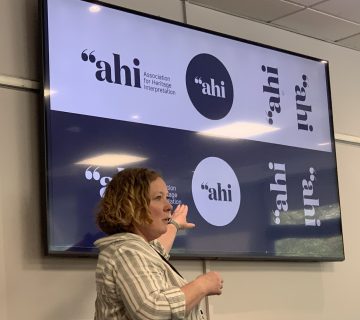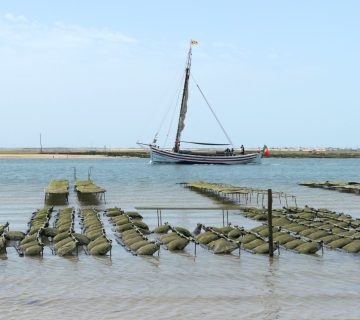Looking at the design process to create an exhibition of Albanian and North Macedonian monuments for people with visual impairments.
It was January 2024 when MuZEH Lab, a non-profit organisation, started to design an exhibition in Durres for people with visual impairment, working together with our partners from North Macedonia.
The MuZEH Lab team managed to deliver some activities with visually impaired people and also involve the youth in this project. During these activities we managed to understand their needs, what they think about cultural spaces and cultural monuments, and their expectations from this project. Together with the help of the local youth, we then delivered some tours in Durres city where we stopped not just at ancient ruins but also Italian architectural buildings and re-imagined the city through the eyes of the youth. The main objective of this project was related to creating and producing a new museum education tool and showcase based on architectural heritage for people with visual impairments.
The project aimed to connect and co-create among experts of museum inclusion practices and to inform youth and people with visual impairments through the use of sensory replicas, and to interpret with these groups of people with empathy. We managed to delve into learning about cultural heritage with heritage replicas that involve other senses, audio narration and heritage interpretation.
Following these activities we designed the exhibition with ten 3D models of monuments prepared by an artist whose work is focused on accessibility so all the details were easy to touch, and every monument had an NFC tag to allow easy listening of audio narration through mobile phones. The monuments were chosen from different cities of Albania and North Macedonia and included those on the list of ‘seven most endangered monuments’. The project aimed to bring both countries together and the monuments included different typologies, including mosques, churches, byzantine forums, clock towers, palace of culture, and houses of well-known artists. Together with this exhibition a workshop was held for guides, professionals in museums, cultural heritage sites etc, and accessibility and inclusion were in focus.
Since the opening, feedback has shown this exhibition to have been enjoyed not just by people with visual impairments but also other audiences. While the exhibition continues to be open in our spaces, we have also managed to bring the exhibition to the main city centre of Durres where the community of Durres and tourists from different continents were quite curious about it. Hundreds of people have visited it and we are happy to welcome more.
Our team is working on extending this project as well as finding different projects to work on, and also involving this educational tool in school curricula.
Inesa Sulaj is one of the founders of MuZEH Lab, a nonprofit organisation and a small museum located in Durres, Albania. Inesa is IE’s Office Manager and can be contacted at: inesa.sulaj@interpret-europe.net.
To cite this article: Sulaj, Inesa (2024) ‘Touch the heritage‘in Interpret Europe Newsletter 2-2024, pg.22.
Available online: https://interpret-europe.net/wp-content/uploads/2024/07/PDF-Newsletter-2024_2.pdf[/vc_column_text][/vc_column][/vc_row]




